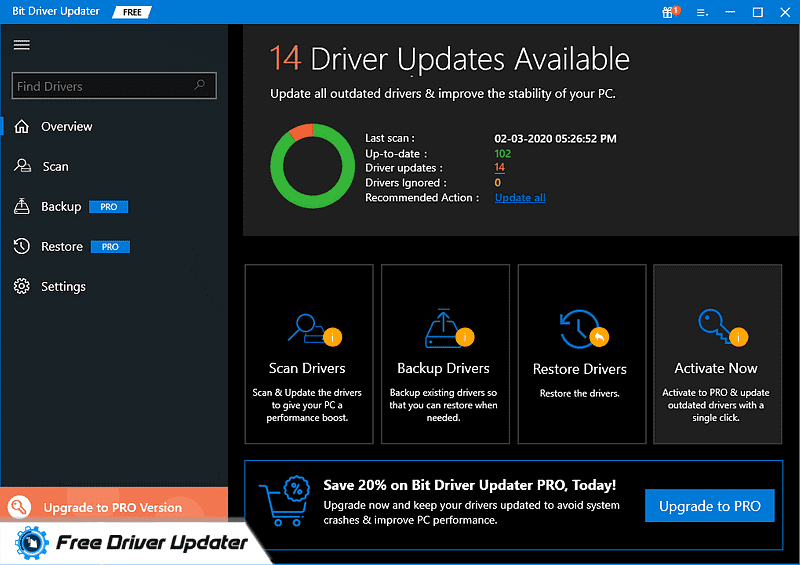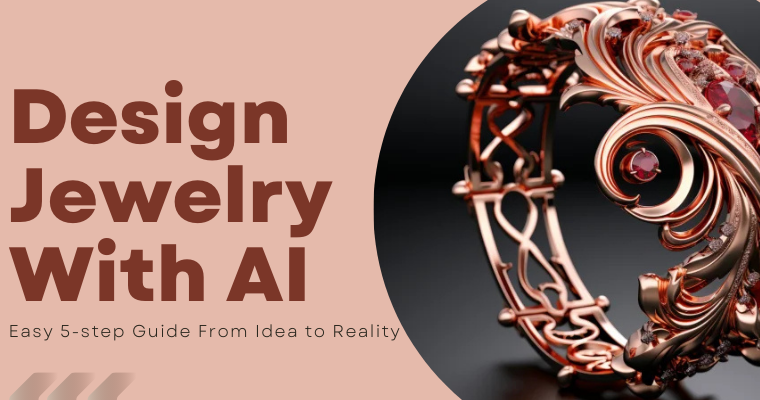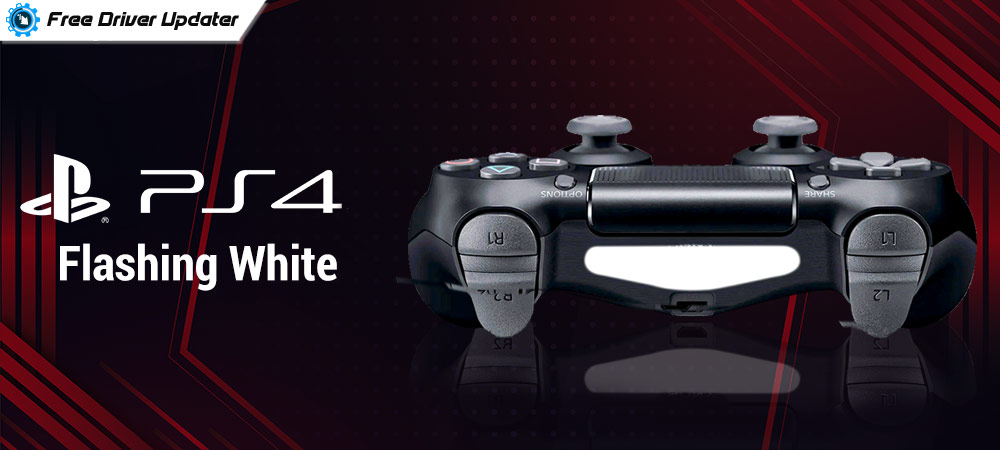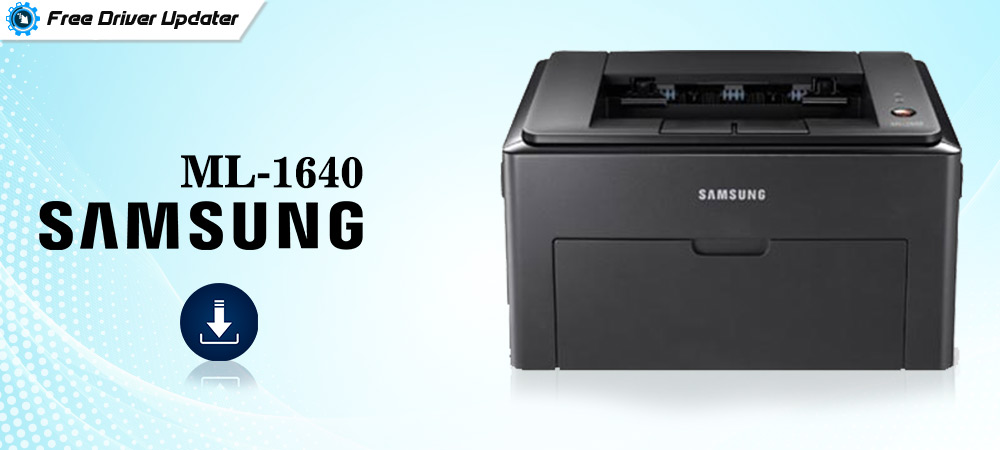
Computer turns on but no display on monitor? Is this what worries you?
If so, you can scroll down to find out ways to fix it.
You have checked all of it- lights, fans, HDD, VGA fan yet, you are so traumatized by the black screen or inactive screen. You are not alone, in fact, the first thought that runs in our mind is the fear of data loss. However, you might be equally glad to learn that there are ways to fix your black computer screen.
Let’s find out how you can fix your PC that turns on but there is no display from this blog.
Fixes For Computer Turns On But No Display On Monitor Error:
Wondering what to do if the monitor is not displaying anything? Find out the solutions below that are explained in an orderly manner. First, we will look at the general tips followed by advanced methods.
Method 1: General Tips
As a layman, you can start working with the simpler solutions given below. In this way, you can get rid of the silly faults that have caused the computer turns on but no display on monitor issue.
Step 1: Check If You Have Turned on Your Monitor
Well, to say, you might be too groggy in the morning and you forgot to switch your computer on. So, before you jump over to a complicated conclusion, find out if the system is switched on.
- Check the power light.
- Unplug your power adapter and plug it back to your power source.
It might work with a simple timely fix. Or else, it would have nonetheless been a waste of time had you taken the system to a repair shop only to learn that you had not turned on your PC in the first place.
Step 2: Check If Your Monitor is Completely Turned Off
Sometimes, it is either in standby or in a sleep mode, and it is not completely turned on, thus causing the problems.
Even the hibernate mode in your PC might be the cause.
Also Read: How to Fix Generic PnP Monitor Problem on Windows 10
Step 3: Repeat Connect Your Monitor to the System
If there is a poor connection between your system and your monitor, you might find that even though you have turned your computer on but there is no display on the monitor.
- Hold and press the power button until your computer is completely turned off.
- Remove the video cable that connects the system to the monitor.
- Check the ports of the system and the monitor thoroughly.
- Try to find out if your video cable is damaged.
- If not, then plug in the connecting cable back to the ports and see if it boots normally.
Step 4: Disconnect Your Mouse, Printer, and Scanner From the System
The black screen might also be due to the problem with your peripheral devices. Let us see what you can do to remove this kind of trouble.
- Hold the power button to allow your system to turn off.
- Remove all the other connections and then turn on the system again.
If your system works fine then it must have been the error of one of those peripherals. Uninstall those devices from your system and re-install them into your system again.
Step 5: Verify If the Power Voltage Switch is Connected Properly
If there is an error with the input voltage, then your computer might turn on but there would be no display.
An improper supply voltage could prevent your computer from starting properly. You might have to correct it if this is not working properly.
If these few fixes do not reboot your computer, you can try the below rectification measures then, one after the other to fix the black screen problem.
Also Read: How to Fix Windows 10 Network Connection Issues
Method 2: Reinstall Your RAM Once Again
If there is an improper connection between the motherboard and the RAM, then it can also lead to the problem of the computer turning on but no display on the monitor.
In this situation, you need to reinstall the RAM. Follow the below steps to do so,
Step 1: Press and hold the Power switch to completely switch off your system.
Step 2: Disconnect the AC power cord from the power supply. Open the computer case.
Step 3: Detach the RAM from the memory slot of your motherboard.
Step 4: Put back the RAM into the slot.
Step 5: Now connect the AC power cord to the power supply and turn on your computer.
Method 3: Set Your BIOS Settings to Default
Reset the BIOS to factory settings, as an improper BIOS setting can be the cause behind the PC turns on but no display error. Follow the below process to make the change.
Step 1: Hold and press the power button until it is completely turned off.
Step 2: Remove the AC Power cord from the power supply and then open the system’s case.
Step 3: Remove the CMOS battery, using a non-conductive screwdriver from the motherboard.
Step 4: After 5 minutes re-install the battery back.
Step 5: Connect the AC power cord and then turn on your system again.
Also Know: How to Reinstall Graphics Drivers in Windows 10
Method 4: Update Your Graphics Card Drivers
Another reason why you might be encountering a “computer turns on but no display on monitor” error is due to damaged or corrupted display drivers.
If you don’t want to waste your precious time searching for appropriate drivers manually, you can try to automatically download the drivers by using a completely free driver updater tool.
Bit Driver Updater is one such powerful tool that can help you automatically update the system by searching for the correct driver that is most compatible with your Windows version.

Steps to Update Graphics Driver with Bit Driver Updater:
Step 1: Launch Bit Driver Updater on your system and click the Scan.
Step 2: The scan would be capable of identifying the outdated, broken, and damaged drivers.
Step 3: Click the Update button to download the most appropriate version of the display driver or you can click Update All to download and install the correct version of all of those drivers that do not work well in your system.
Is the Monitor Won’t Turn On the Issue Resolved?
So, the bottom line is if the computer turns on but there is no display on the monitor then effectively fix up your problem by using one of the above methods.
If you think there can be some other ways in which you can fix the system, make sure you do not forget to share it below in the comments section.






